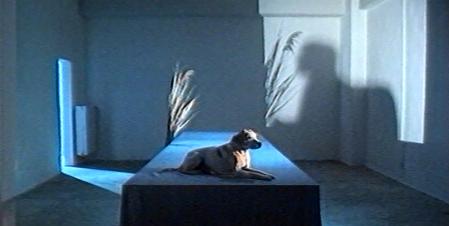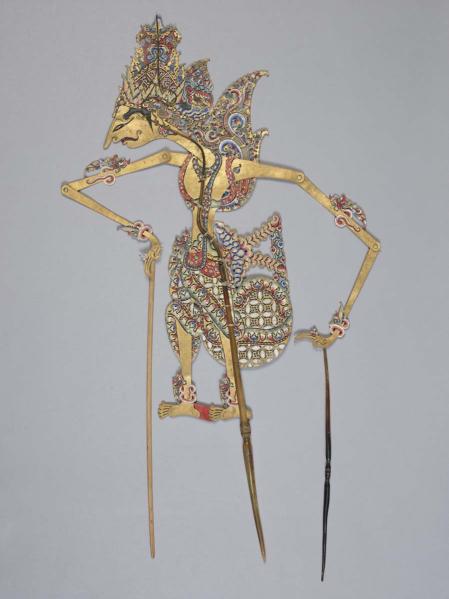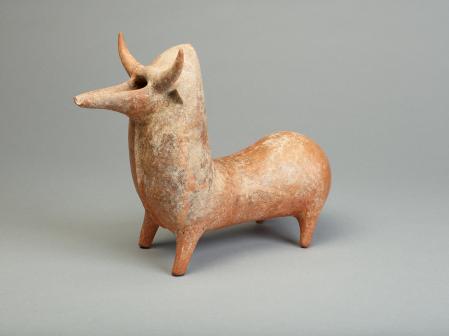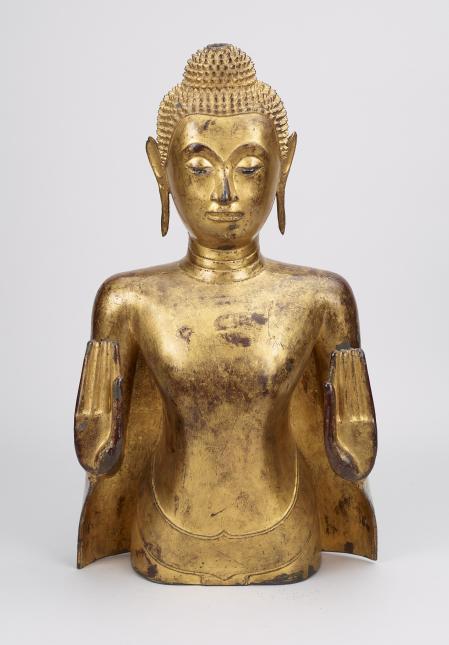Entre Chien et Loup

Bettina Gruber
Entre Chien et Loup, 1989
Videostill
Today’s world is increasingly losing any fixed order; many things are now possible at any time of day and as good as anywhere: shopping, work, communicating with one another. This creates great flexibility that is usually experienced in our society as freedom. At the same time, it drives a form of individualism that frequently gets in the way of what came before, including traditional forms of community and the associated rituals.
Rituals are to life what things are in a room, to paraphrase something French writer Antoine de Saint-Exupéry once said. They create cohesion without communication. Actions imbued with symbolism, which refer to their own respective culture or religion, create and convey values and orders. Through their repetition in a fixed form, these actions lend time a firm fabric.
In this space, objects are on view that in large part were already assembled by the founder of Museum Folkwang, Karl Ernst Osthaus, with the intention being to enable the bringing together of works of non-European cultures from the field of the applied arts with European avant-garde paintings and sculptures. The objects in question played a key role in rituals and ceremonies. Many of them stem from religious contexts, such as Buddhism, the Ancient Egyptian cult of the dead, or the Christian faith. What the utensils for the Japanese tea ceremony, cultic animal vessels from Iran, and the shadow puppets from the Javanese Wayang kulit plays all have in common is that beyond the realm of the religious they are used in other forms of communal interaction.
The turn of phrase "entre chien et loup" that Bettina Gruber has chosen as the title for her video refers in French to the transition between day and night.
The collection of archaeological artefacts, items of applied arts, and pieces originating in countries outside Europe as well as their provenance have not yet been exhaustively catalogued in scholarly terms and research is still ongoing.
For more information on the works in question, please visit our COLLECTION ONLINE





